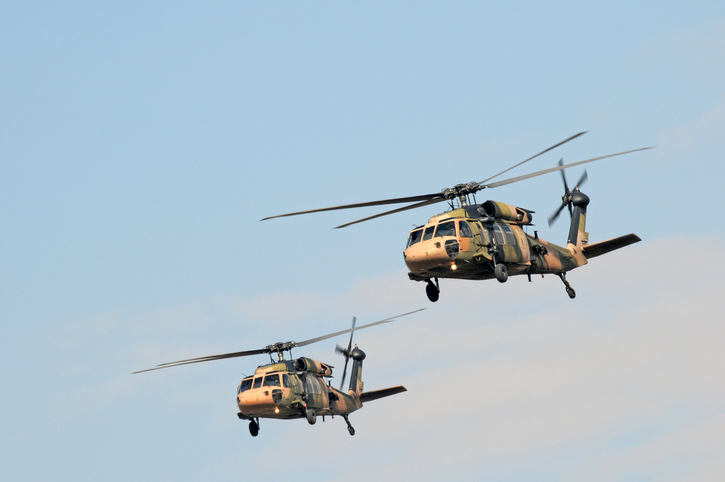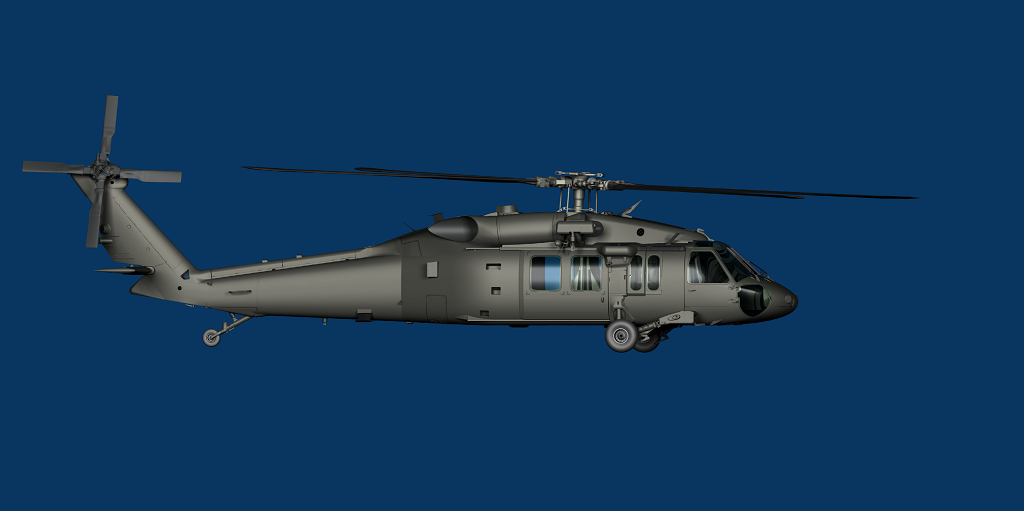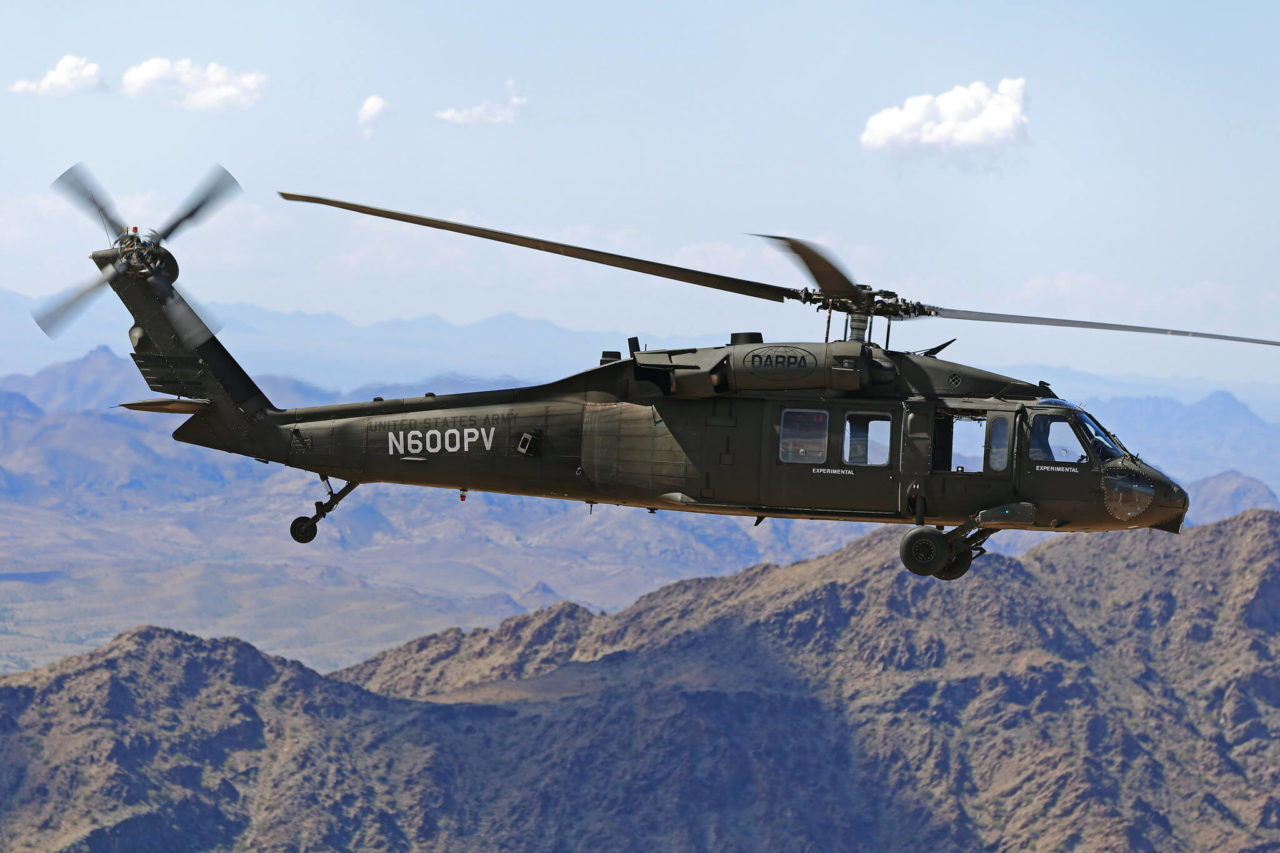Leading Functions and Advantages of the Sikorsky S 70 Helicopter
Leading Functions and Advantages of the Sikorsky S 70 Helicopter
Blog Article
High-Performance Multi-Role Rotorcraft Featuring Advanced Cabin Technologies and Integrated Sensor Equipments
The world of rotorcraft innovation has actually seen remarkable innovations in recent times, especially in the realm of high-performance multi-role rotorcraft outfitted with advanced cabin technologies and seamlessly incorporated sensor systems. In the following discussion, we will explore the advancement of rotorcraft innovation, dive into the world of advanced cockpit technologies, and analyze the effects of integrated sensing unit systems on the functional convenience and effectiveness of modern-day rotorcraft.
Advancement of Rotorcraft Technology
The evolution of rotorcraft technology has actually been marked by substantial advancements in the rules of aerodynamics, materials, and propulsion systems, shaping the abilities and performance of modern rotorcraft. Wind resistant renovations have actually improved the effectiveness and maneuverability of rotorcraft, enabling for increased speed, dexterity, and security during trip (sikorsky s 70). Innovations in products, such as the usage of composite materials and progressed alloys, have actually brought about lighter yet stronger rotorcraft frameworks, improving general efficiency and toughness. Additionally, improvements in propulsion systems, including extra powerful engines and innovative propulsion technologies, have actually made it possible for rotorcraft to achieve higher elevations, faster speeds, and better payloads.
These innovations have not just transformed the capabilities of rotorcraft but have also increased their applications throughout various sectors, consisting of military, commercial, and emergency situation services. The constant advancement of rotorcraft technology remains to drive development in the field, pressing the boundaries of what is feasible and shaping the future of vertical flight.
Advanced Cabin Innovations
Building upon the foundational improvements in aerodynamics, materials, and propulsion systems, the realm of rotorcraft technology now moves emphasis in the direction of pioneering Advanced Cabin Innovations. The integration of cutting-edge technologies within the cockpit atmosphere plays a vital duty in boosting the functional capacities, security, and efficiency of contemporary rotorcraft. sikorsky s 70. Advanced Cockpit Innovations include a vast variety of attributes designed to offer pilots with boosted situational awareness, streamlined data administration, and intuitive control user interfaces
Among the crucial advancements in cockpit layout is the implementation of glass cockpits, which replace typical analog gauges with high-resolution displays. These electronic systems provide customizable designs, real-time data combination, and improved readability, enabling pilots to gain access to crucial details at a glimpse. Advanced avionics systems, such as fly-by-wire controls and augmented reality screens, are revolutionizing just how pilots interact with the aircraft, permitting for precise control and improved decision-making capacities.


Integrating advanced cockpit technologies not only enhances pilot performance but additionally adds to general mission effectiveness and safety and security in complicated operational atmospheres. By leveraging modern innovations within the cockpit, rotorcraft suppliers are establishing new criteria for functional quality and goal success.
Integrated Sensing Unit Solutions
With the evolution of rotorcraft modern technology, the integration of advanced Integrated Sensing unit Systems has come to be paramount in boosting functional performance and security. These Integrated Sensing unit Systems include a large array of technologies that offer crucial information for different features such as navigating, surveillance, targeting, and environmental monitoring. By flawlessly incorporating sensors like radars, video cameras, lidar, and infrared systems right into rotorcraft, drivers can profit from improved situational understanding, boosted mission capacities, and minimized pilot workload.
One trick benefit of Integrated Sensing unit Solutions is their capacity to gather real-time data and give actionable insights to pilots and objective operators. Advanced radar systems can discover and track targets over long distances, permitting for early threat discovery and effective feedback preparation. Furthermore, integrating infrared and electro-optical cameras makes it possible for rotorcraft to carry out reconnaissance and monitoring goals with accuracy and accuracy.
Essentially, the integration of sophisticated sensor innovations into rotorcraft not only boosts operational efficiency yet also adds significantly to general mission success see page and crew security. check my reference As rotorcraft proceed to advance, the role of Integrated Sensing unit Systems will definitely continue to be at the center of innovation in the aerospace sector.
Functional Adaptability and Effectiveness
Enhancing operational adaptability and effectiveness in rotorcraft is a natural progression from the assimilation of innovative Integrated Sensing unit Systems. By leveraging the data and understandings offered by these sophisticated sensing unit systems, rotorcraft can enhance their performance throughout different missions and environments.
Operational convenience includes the ability of rotorcraft to adapt to different functions and scenarios efficiently. With innovative cabin innovations and integrated sensor systems, rotorcraft can flawlessly transition between tasks such as search and rescue, clinical evacuation, security, and more. This convenience improves the rotorcraft's capacity to satisfy diverse functional needs without calling for extensive reconfiguration.
Efficiency in rotorcraft procedures is important for making best use of goal effectiveness and source utilization. Integrated sensor systems play a crucial function in improving operational efficiency by offering real-time data on weather, terrain mapping, target tracking, and extra. This information enables pilots to make educated decisions promptly, optimize flight courses, save gas, and enhance total goal performance.
Impact on Modern Aviation Workflow

In addition, the assimilation of sophisticated sensors assists in enhanced goal preparation and execution, making it possible for rotorcraft to perform a wide variety of jobs with improved accuracy. From search and rescue operations to aerial firefighting and police objectives, the abilities of modern rotorcraft outfitted with sophisticated cockpit modern technologies and incorporated sensor systems are exceptional.
Additionally, the impact of these improvements extends beyond operational performance to cost-effectiveness and sustainability. By enhancing flight routes, fuel consumption, and maintenance routines, high-performance rotorcraft furnished with innovative cockpit innovations and sensors add to lowering operational expenses and ecological influence, making them indispensable assets in modern aviation operations.
Verdict
In verdict, the high-performance multi-role rotorcraft with innovative cockpit technologies and integrated sensor systems represents a substantial advancement in aviation technology. These developments enhance functional adaptability and efficiency, inevitably affecting modern-day air travel procedures in a favorable method. The integration of these innovative modern i was reading this technologies permits enhanced abilities and performance in numerous goal situations, showcasing the continued advancement of rotorcraft innovation in the air travel market.
The world of rotorcraft modern technology has seen significant advancements in recent times, especially in the realm of high-performance multi-role rotorcraft furnished with advanced cockpit modern technologies and effortlessly integrated sensing unit systems. From boosted objective flexibility to boosted operational effectiveness, the merging of sophisticated cockpit modern technologies and integrated sensing unit systems has ushered in a brand-new era of possibilities for rotorcraft applications. In the following conversation, we will certainly check out the advancement of rotorcraft modern technology, delve into the realm of sophisticated cockpit innovations, and take a look at the ramifications of incorporated sensing unit systems on the operational versatility and efficiency of contemporary rotorcraft.

Report this page